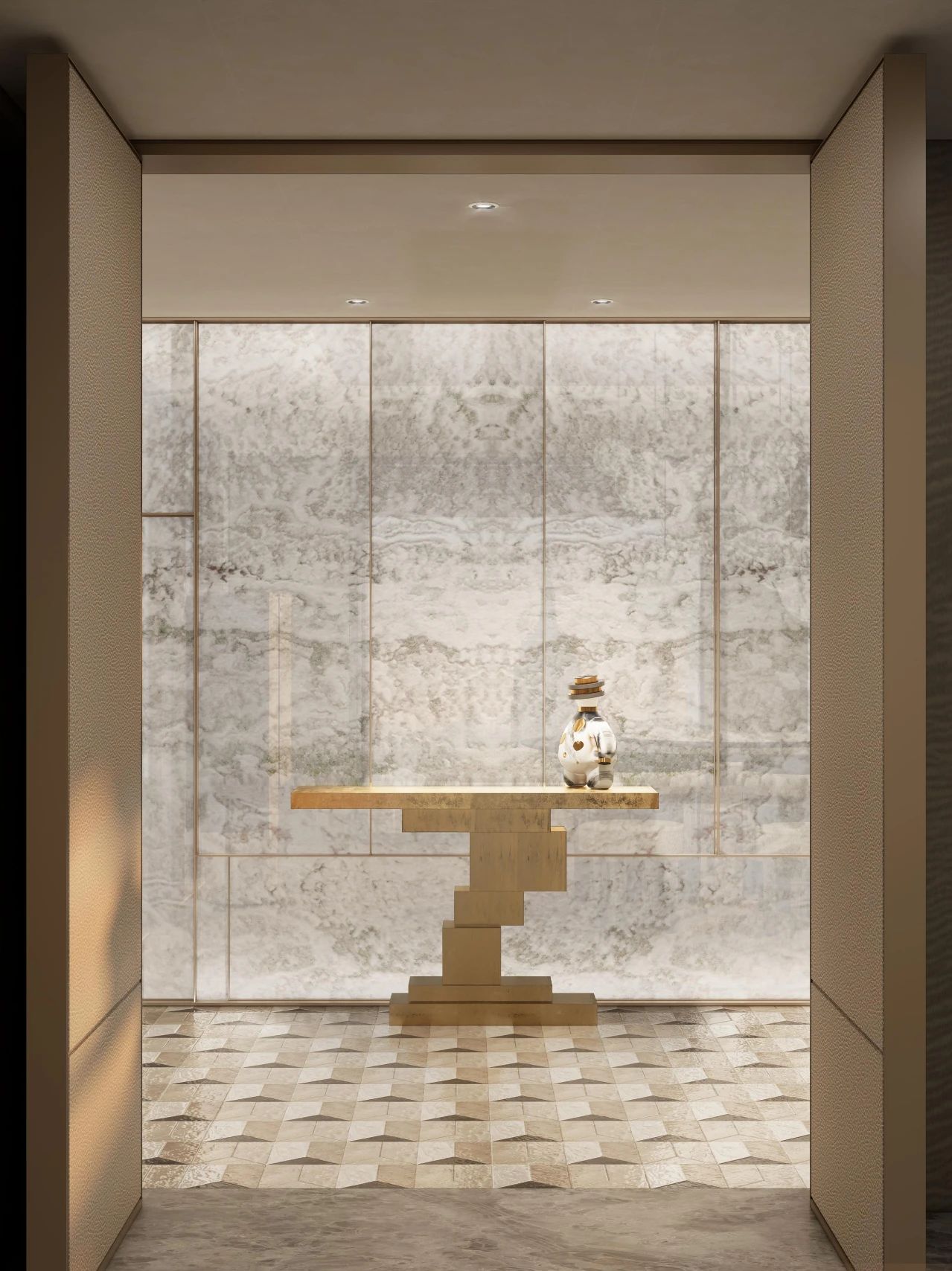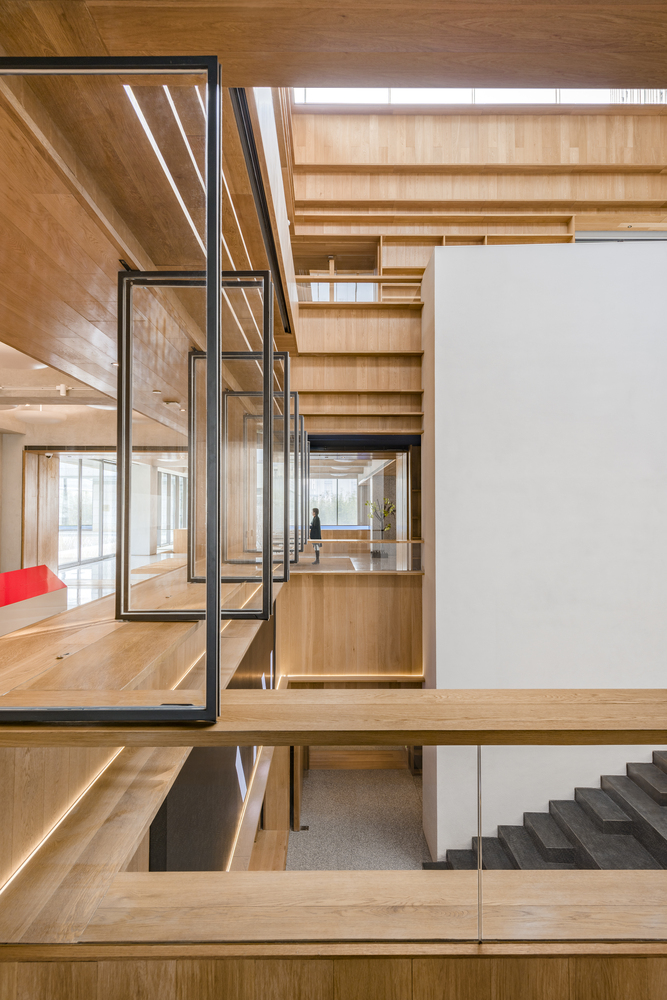AD Classics AD Classics Cosmic Rays Pavilion Felix Candela
2011-09-22 00:00
架构师提供的文本描述。宇宙射线馆是第一批抛物线结构的实验之一。
Text description provided by the architects. The Cosmic Rays Pavilion represents one of the first experiments with parabolic structures.
双曲结构是由一层非常薄的混凝土制成,体现了它的结构和设计能力。这些数学上的复杂结构定义了展馆设计师FelixCandela的流行建筑。
The double curved structure is made of a very thin layer of concrete, exemplifying its structural and design capabilities. These mathematically complex structures define the popular architecture of the pavilion’s designer Felix Candela.
展馆长40英尺,宽35英尺,有两个实验室空间,专门测量国立自治大学的宇宙射线和核崩解。非常薄的外壳是非常合适的
Measuring 40 feet by 35 feet the pavilion, the structure contains two laboratory spaces specializing in the measurement of cosmic rays and nuclear disintegration for the Universidad Nacional Autonoma de Ciudad Universitaria. It’s remarkably thin shell is quite appropriate
在其最厚的一点,覆盖只达到5/8英寸,一个最薄的铸造创造。它于1951年建成,标志着混凝土壳结构的重大进步之一。
At its thickest point the covering reaches only 5/8 inch, one of the thinnest casts ever created. Its construction in 1951 marked one of the major advancements in concrete shell architecture.
外垂直墙是由钢筋混凝土形成的波纹结构。壳体的基础建立在三个主要的拱支撑上,这些支撑被带到混凝土底座上。
The exterior vertical walls are made from reinforced concrete formed in a corrugated configuration. The foundation of the shell rests upon three main arching supports which are carried down into concrete footings.
进入大楼的入口是从起落架到内部的第一个海湾的。两个海湾是由三个主要的“拱门”,一个主抛物线与两个双曲抛物面,与混凝土悬垂之间。
The entrance into the building comes from the undercarriage up into the first bay of the interior. Two bays are created by three main “arches”, one main parabola with two hyperbolic paraboloids, with concrete draping between.
 举报
举报
别默默的看了,快登录帮我评论一下吧!:)
注册
登录
更多评论
相关文章
-

描边风设计中,最容易犯的8种问题分析
2018年走过了四分之一,LOGO设计趋势也清晰了LOGO设计
-

描边风设计中,最容易犯的8种问题分析
2018年走过了四分之一,LOGO设计趋势也清晰了LOGO设计
-

描边风设计中,最容易犯的8种问题分析
2018年走过了四分之一,LOGO设计趋势也清晰了LOGO设计










































